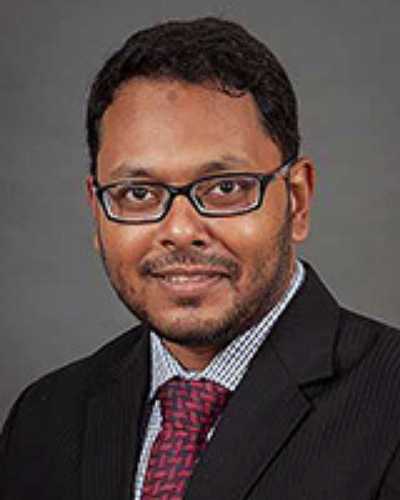Now published, see the full article 
Early Abstract:
Background: We analyze a 2014 policy that increased physician supply in rural Bangladesh and assess its impact on rural residents' access to care and health outcomes.
Methods: We use data from the Household Income and Expenditure Survey (HIES) from 2005-2016 and employ a Difference-in-Differences (DD) model. Our analysis focuses on five key outcome categories: access to providers, access to medicine, cost of care, health status, and travel time to reach healthcare providers.
Results: Rural residents’ likelihood of visiting a government doctor rose by 14 percentage points, while visits to private doctors decreased by 15 percentage points. Rural residents are more likely to receive medication from public facilities, and their total monthly cost of care has decreased. We found a rise in reported cases of chronic conditions like heart disease and arthritis among rural residents.
Conclusion: Our findings indicate that increasing physician availability in rural Bangladesh positively impacted healthcare access and utilization.
Keywords: access, provider supply, rural, Bangladesh, health policy


